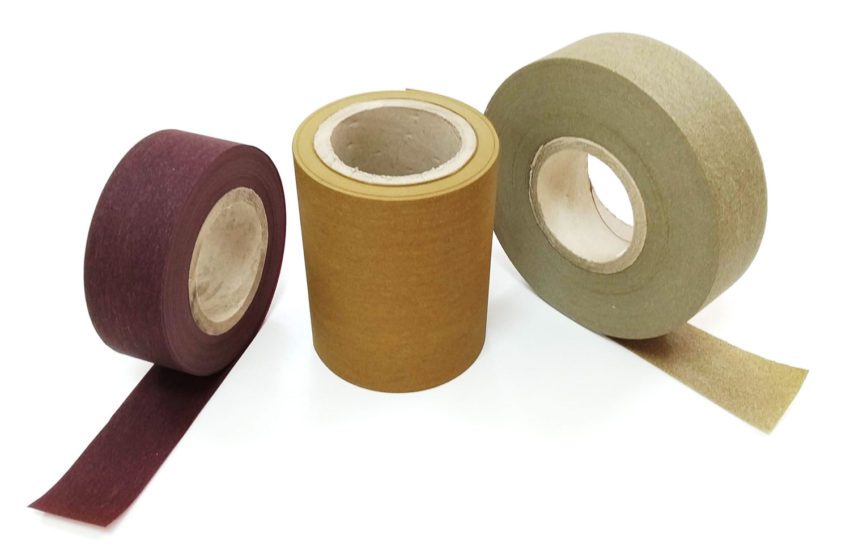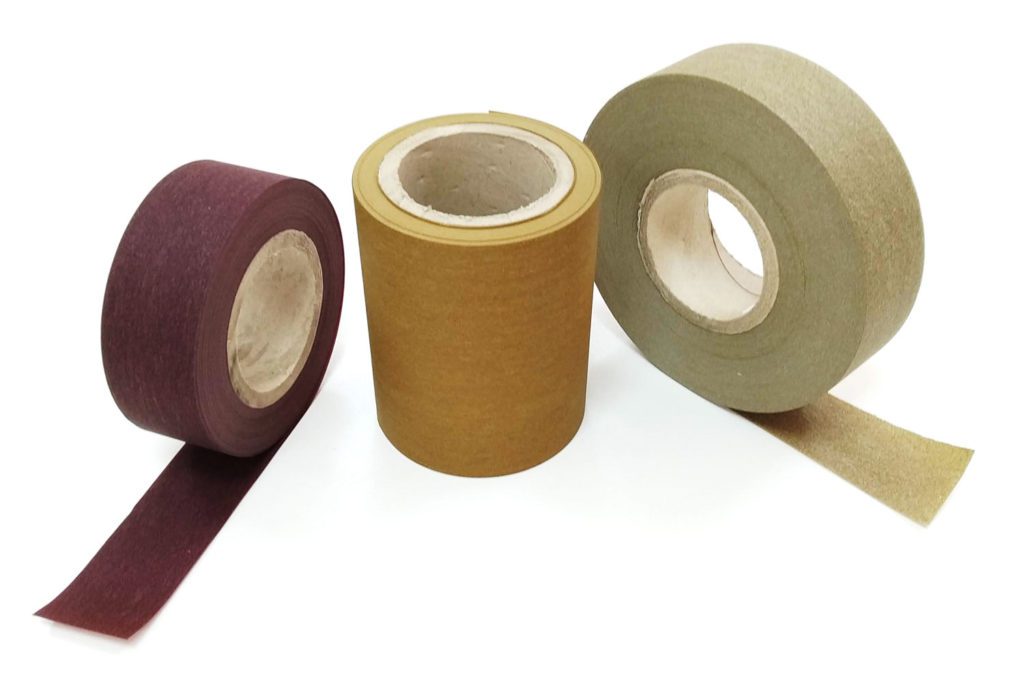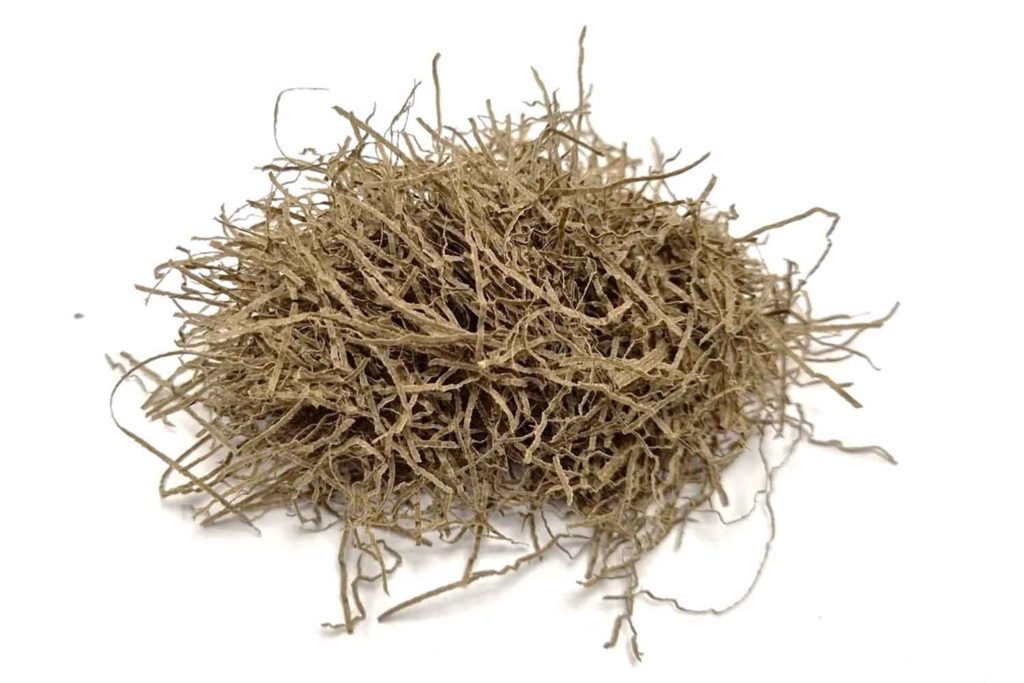A Versatile Tool
- Print Edition
- October 1, 2021
- 0
- 1
- 14 minutes read


Reconstituted tobacco can help cigarette manufacturers reduce waste and control cost. It is also a useful tool for product design. Most recently, recon has played an instrumental role in the development of tobacco-heating products. Perhaps less well known are the further environmental gains that have been brought about by refining reconstituted tobacco processes. Tobacco Reporter spoke with representatives of IOTO and SWM to discuss the latest developments in the field.

A Diminished Carbon Footprint: SWM Reduces Its Dependence on Fossil Fuels
In August, the Physical Science working group of the International Panel on Climate Change (IPCC) published its contribution to the Sixth Assessment Report of the IPCC, and it made scary reading. At the same time, however, it helped reinvigorate the environmental debate and encouraged us all to run informal audits on our own carbon footprints and those of the organizations, companies and industries with which we are associated.
An environmental audit of the tobacco industry would prove to be incredibly complex, but one thing is obvious: the industry’s positive developments are often brought about by a desire to save costs. And one of the prime examples of this has been seen in the development of reconstituted tobacco, which is formed largely from tobacco that would otherwise go to waste.
This is well known. But what is probably less well known is that, during the 40 or so years the industry has been using reconstituted tobacco, further environmental gains have been brought about by refining reconstitution processes. In answer to a question posed during an email exchange in August, SWM said that it had decreased its CO2 emissions by 140,000 tons during the past six years following the installation during 2014 of a biomass boiler at its LTR production site in France. That is apparently the same environmental advantage as would be achieved by cancelling 140,000 round-trip flights from Paris to New York.
According to plant manager Antoine Uzu, the biomass boiler, which has reduced the plant’s dependence on fossil fuels, operates on locally sourced wood harvested from sustainable, well-managed forests and supplies the steam needed to operate the plant’s machines 24 hours a day. Additionally, the hot water generated during the production process is used for heating some of the company’s buildings, and SWM’s LTR production site strategy is to continue to reduce its fossil-fuel consumption until, within two years, it will have all of its buildings heated using renewable energy—what would otherwise be thermal losses from its renewable energy-driven process. And, as part of its global Operational Excellence program, it is studying whether it would be possible to use by-products of its own manufacturing as fuel for the biomass boiler, an exciting prospect that would reduce its waste production while increasing the share of renewables in its energy consumption.
In summary, what you have here is a process largely driven by renewables in which tobacco that would otherwise have to be disposed of is being reconstituted and returned to the tobacco manufacturing process, and the prospect that the waste from the reconstitution process will be used to help drive that process. Little wonder then that Bruno de Veyrac, director of NGP [new-generation products] & Recon at SWM, described the reconstitution process as working on the principles of the circular economy by adding value to tobacco that would otherwise be difficult to use by providing for a better control and specification of traditional tobacco products, and by enhancing the tobacco so that it can be used as the raw material for reduced-risk, heated-tobacco products (HTPs).

Another way in which reconstituted tobacco might be thought of as contributing to the positive environmental credentials of the industry is that it can be used in traditional-cigarette manufacturing facilities without the need for modifications, and it allows companies to start manufacturing HTPs using as much as possible of their existing assets. In part, this is because it is delivered in the same sizes of lamina and strips as is raw tobacco and in the same C48 cases. But it is also because of the advantages that have accrued from SWM having upgraded the quality standards of its LTR factory and having invested significantly in its analytical laboratory.
Meanwhile, special reconstituted tobacco products have been developed to help smaller manufacturers move more easily into the production of HTPs by making it unnecessary for them to undergo major research and product development programs. Bruno Stefani, product manager of heated-tobacco products at SWM, said his company had developed a portfolio of ready-to-use augmented tobaccos, each of which had been developed using the company’s expertise in aerosol generation—expertise that had been built up during a seven-year research and development program and that was based on the selection of the right tobacco grades and their processing into high-quality materials.

The major use of reconstituted tobacco remains, of course, as a component of traditional cigarette blends where it is used to help with blend design and in contributing positively to smoke delivery controls. De Veyrac pointed out that reconstituted tobacco was a convenient tool to help manufacturers better comply with existing regulations and to help the industry prepare for more demanding regulations in the future.
And as de Veyrac pointed out, such future regulation could include a requirement by the U.S. Food and Drug Administration that nicotine deliveries are tightly controlled. Given such a situation, he said, reconstituted tobacco could be used to help reduce nicotine deliveries. The key advantage of SWM’s reconstitution process, which is based on the paper-making process, was that it worked on the basis of separating the fibers and the extract, and then adding back the extract, at which point various compounds, such as nicotine, could be removed or their level controlled. Otherwise, other reconstituted botanicals with no nicotine could be added to blends, alone or in combination with reconstituted tobacco.
Specifically, SWM offers two reconstituted-tobacco filler substitutes that were launched two years ago under the name Nexfill, one lemon-style and one orange-style flue-cured Virginia product. De Veyrac said these products had been popular from the start because they allowed manufacturers to replace part of their filler tobacco but that they had come into their own recently because they offered security of supply at a time when deliveries of raw material might be interrupted, such as during the current pandemic. Two other Nexfill products are on their way. Nexfill Oriental, which has been developed recently, and Nexfill Burley, which is still under development.
Not surprisingly, given the above, de Veyrac seems confident about the future. The flexibility of the reconstitution process meant that it was capable of helping the tobacco industry meet the challenges it was facing with regard to the need for waste management and recyclability, he said. SWM today offered a wide range of products for the manufacture of cigarettes, cigars, cigarillos and NGPs. It had also developed its product and service portfolio, which included prototyping and scientific support in developing HTPs. From the new NexFill family of grades to special grades for HTPs, and reconstituted botanicals, innovation is to the fore more than it ever has been. —G.G.

Herbal materials present new opportunities for reconstituted products.
It would be wrong to give the impression that homogenized herbal materials make up anything but a small fraction of the market for the various reconstituted plant-based products that, mostly and traditionally, have been used in tobacco production. Nevertheless, it is difficult not to become caught up in the buzz that surrounds these materials.
In the past, reconstituted tobacco has been the utilitarian product par excellence. It has played all manner of important—sometimes vital—roles in the development of tobacco products, most recently in respect of heat-not-burn (HnB) products, but it has done so largely out of sight; it has tended, for various reasons, to hide its light under a bushel.
Reconstituted herbal materials, however, partly because of their range and, sometimes, their rather exotic constituents, but mostly perhaps because they offer a wealth of new opportunities, seem to be destined for the spotlight. During an email exchange earlier this year, Helder Tullio, director of operations at IOTO International, the U.S.-based and Brazil-based manufacturer of homogenized wrapper, cut filler and binder for the smoking industry, told Tobacco Reporter that his company had already manufactured herbal sheets from many different materials, including yerba mate, chamomile, sage, cocoa, lemongrass, coffee, hibiscus, clove, stevia and black, green and white tea. “We can produce herbal blends according to our customers’ demands,” said Tullio. “IOTO is committed to partner with our customers for the development of reconstituted herbal products according to their needs. Some herbal materials we have manufactured were suggested by our customers.”
This, of course, raises a question about what determines whether a particular herb can be made into a homogenized product. Naturally, it has to be readily available in big enough quantities, but are there other factors, such as fiber structure? “The cell wall composition and fiber structure are the main factors that determine the conversion of the herbal materials into reconstituted sheets,” said Tullio. “However, due to our process flexibility and expertise to adapt our formulas, we have succeeded even when using soft materials, such as hibiscus flowers.”
One of the things that I found most exciting about the availability of such a range of reconstituted herbal materials and the potential for expanding that range was the fact that, in a press note earlier this year, IOTO talked of being able to accommodate smaller initial production runs. This clearly has the potential to attract entrepreneurs who could take such materials into new markets and new areas. In fact, Tullio said that IOTO could work with production runs of as low as 50 kg, which would help small and new companies get a foot on the ladder leading to increasing volumes.
The press note issued by IOTO earlier this year announced that the company had expanded its herbal offerings to include U.S.-produced premium reconstituted hemp sheet. Demand for reconstituted hemp wrappers has been increasing significantly in the U.S. and it is fortunate that, due to its high fiber content, hemp is easily converted into homogenized sheet. Additionally, there is a plentiful supply of hemp in the market, and IOTO’s process can accommodate different parts of the hemp plant, such as its flowers, leaves and stems.
“All the hemp materials used by IOTO are tested for THC content, heavy metals, residual pesticides and presence of microbes to guarantee the best quality products to our customers,” said Tullio. “A full cannabinoids spectrum analysis is also performed to guarantee the highest quality of hemp.”
Testing the hemp for THC content is important to ensure that the level is below the legal definition of marijuana because IOTO is based in North Carolina where marijuana is not legal. However, given the similarities between hemp and marijuana, the company says it will be able to process marijuana when and if it is made legal there.
IOTO can provide reconstituted hemp on bobbins for use in the production of wrappers and cones, and the company can provide it in square sheets, threshed sheets and cut rag for use as filler materials. In addition, since IOTO’s process is patented, it is able to sell its equipment and license customers to produce their own homogenized sheets.
So what is the outlook for reconstituted hemp? Well, according to Tullio, demand will certainly grow in every country in which hemp and or cannabis is legalized. Before hemp was an alternative, tobacco and paper were the rolling products of choice for most RYO smokers, he said. But, once legalized, hemp naturally became an alternative because hemp wraps provided a flavorful, slower burn for hemp and cannabis users. Hemp wraps offered the advantage of retaining the terpenes and CBD naturally present in the plant, and they were being offered in the market in a variety of flavors, such as grape, pineapple, lemon and lime.
The reconstituted herbal sheet market is seen by IOTO as a growing one, not only in respect of hemp cigarettes but also for other nontobacco products, such as cocoa and tea. But Tullio said it was already a very competitive market, and to thrive in it, companies were adding a variety of flavors to their herbal products as a means of differentiating them.
Meanwhile, originally used as a tool to reduce waste and costs during cigarette production, reconstituted tobacco is now a key component of blends, in no small part because it can help manufacturers regulate nicotine levels and the chemical composition of smoke in line with the restrictions placed on tobacco product delivery levels. It can be used also as cigar binders and wrappers.

